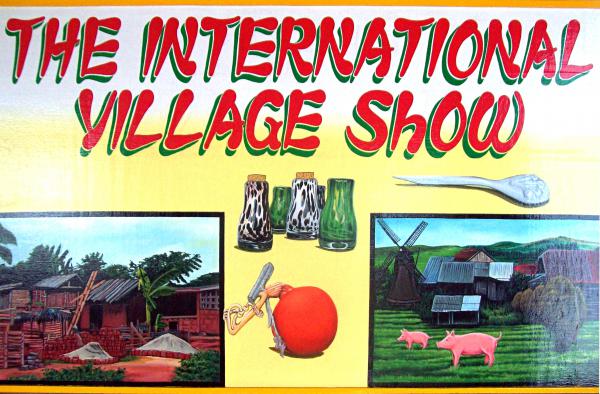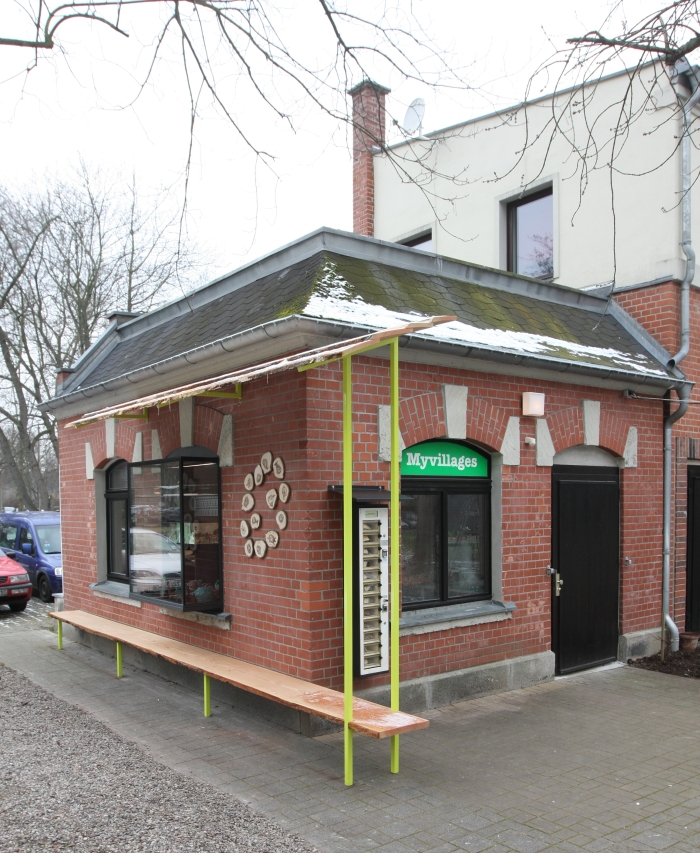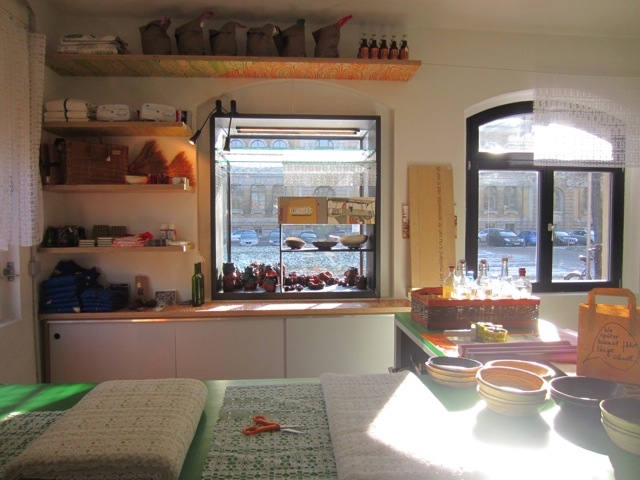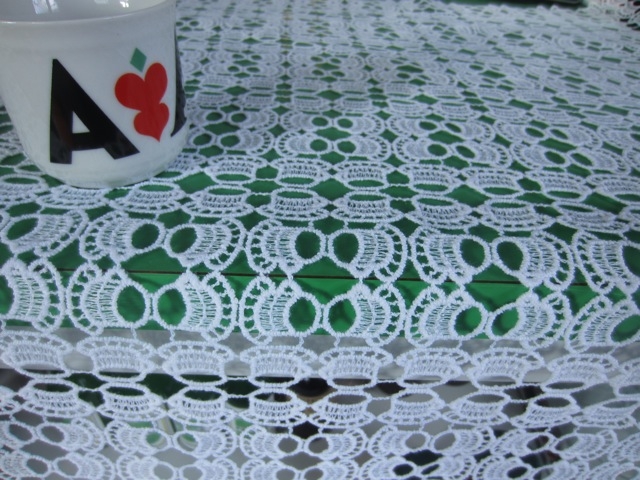Among the more arrogant characteristics of us city dwellers is our assumed cultural and creative superiority over those who live in the countryside.
A situation largely fuelled by the insular, self-absorbing nature of city life and the resulting belief that only an urban environment and its peculiar mix of influences and rituals can bring forth cultural evolution.
And a state of affairs barely helped by contemporary technological, demographic, economic and political changes and their far-reaching consequences not only for the nature of daily life in rural communities and the challenges faced by rural communities and their inhabitants, but also for how we city dwellers understand and perceive "rural issues".
That rural communities are however not only locations with as much creative vigour and potential as cities, but that artistic interventions can both empower rural communities and help even the most haughty city dweller understand the importance, significance, quintessence and vitality of rural areas can be explored in the exhibition/project "International Village Show – Alle Dörfer an einem Ort" by and from the artist group Myvillages at the Galerie für Zeitgenössische Kunst, Leipzig

Established in 2003 by the German artists Kathrin Böhm and Antje Schiffers together with their Dutch colleague Wapke Feenstra, Myvillages arose from a very fundamental observation, "one day", explains Kathrin Böhm, "we realised that although the three of us all grew up in rural villages, we all now lived in the city and worked almost exclusively in and with the city; and consequently began to reflect why that should be, why we automatically always worked in urban spaces and never considered rural spaces."
The first act of this reflection saw each of the three explore their own home villages and communities in an artistic context before in 2005 the trio organised the so-called "Village Convention", a two day event held in Ditchling on England's south coast and which saw artists from across the UK, Holland, Denmark, Austria, Germany and Spain discuss "Contextual Art in Rural Environments". For Kathrin Böhm the impetus for the Village Convention was as obvious as it was necessary, "there are lots of individuals in rural areas who are producing interesting art but who are very poorly connected and poorly visible". The Village Convention was a first attempt by Myvillages to change both for the better.
The intervening decade has seen Myvillages both continue their quest to better connect rural communities, and also help foster new relationships between the urban and rural, via a series of exhibitions, workshops and longer term projects ranging from, for example, the so-called "Bibliobox" travelling contextual art archive, over projects with a more social and/or land use focus such as "I like being a farmer and I would like to stay one", a video project in which farmers across Europe present their daily lives, or "Former Farmland" which documents the stories behind land that was once agricultural but is now commercial and/or residential and onto projects with a more applied nature such as "International Village Shop", a project which, as the name implies, sells products created by international village communities in cooperation with Myvillages, and which "pops up" short term or longer term at various global locations.
The International Village Shop's latest manifestation coming as a central component of the exhibition International Village Show – Alle Dörfer an einem Ort at the Galerie für Zeitgenössische Kunst, GfZK, in Leipzig.

A project as ambitious as it is interesting, over the coming two years the International Village Show will present 16 rural villages, two at time for three months, in the GfZK's Garden House. Featuring villages as diverse both culturally and geographically, as, for example, Ballykinler, Northern Ireland, Deer Trail, Colorado or Yang Deng, China, the International Village Show seeks to both introduce a selection of the global projects in and with which Myvillages are involved and also help link rural communities in a platform that stimulates debate, exchange and new ideas.
The first dual residency has been given over to Höfen, Bavaria and Ekumfi-Ekrawfo, Ghana, and in addition to presenting the villages and their villagers through a series of workshops, events and films, the showcase will also launch two new products realised by the communities: a lace tablecloth design created by and with the "Höfer Frauen" and a bamboo Fufu bowl from Ekumfi-Ekrawfo.
In addition to presenting the 16 global villages the International Village Show also features numerous projects with a local focus including a research project which seeks to visualise the regional geology and a cooperation with pupils from the evangelical school in Großbardau which will see the children create furniture intended for public spaces, and which will be presented and used in the GfZK garden this coming summer.

Despite Myvillages' focus on and interest in rural areas, for Kathrin Böhm the projects shouldn't be seen as unflinchingly pro-rural, "we don't want to polarise between rural and urban areas, nor romanticise the rural idyll", she explains, "but much more observe and describe the constantly changing situation. There is a regular and broad discourse of the urban but much less discourse on the rural, yet interestingly when one starts to talk about rural communities suddenly lots of people have lots to say. There are however only very few public forums where one can lead a discourse over rural spaces."
Those wanting to be part of a new discourse on rural communities or simply explore contemporary impressions on the reality of rural life are cordially invited to the Galerie für Zeitgenössische Kunst, Karl-Tauchnitz-Straße 9-11, 04107 Leipzig over the coming 24 months.
Or to explore the various projects online.
Full details can be found at:
